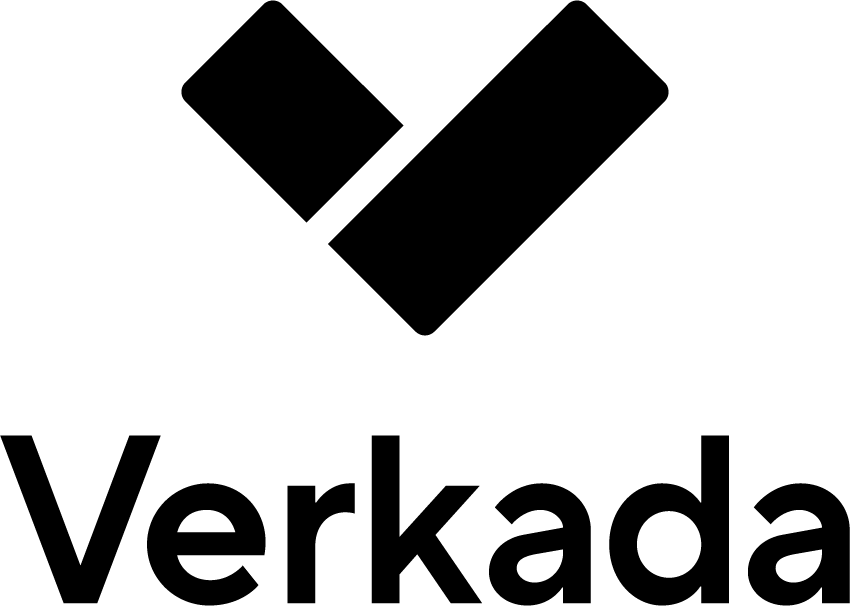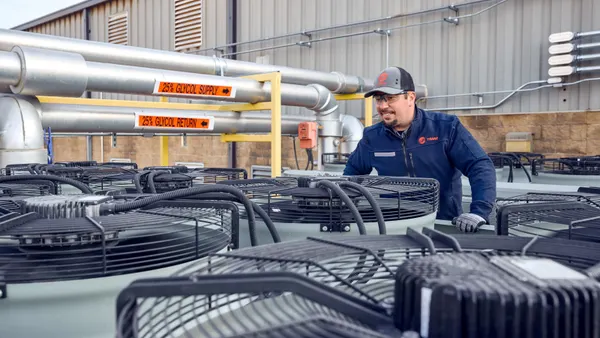Cushman & Wakefield reported growth in services and leasing revenue in the third quarter as it benefited from improvement in its facilities management business and tapped into strong office and industrial leasing in the Americas, the firm said Thursday in its earnings report.
Revenue in the Americas grew 8% year over year to $1.3 billion, comprising 71% of the firm’s Q3 earnings, according to the company’s earnings presentation. Within the region, leasing revenue grew 11% year over year to $438 million, driven in part by tenants looking to upgrade the quality of their real estate, C&W CEO Michelle MacKay said on the company’s earnings call. She noted that larger deals showed a 40% increase.
“Class A buildings are averaging about 90% attendance now,” she said. “Leasing volume is really on track, very importantly, in both industrial logistics and office. As our clients are moving to better quality space, they are paying more rent for it, and we’ve seen a big valuation bump in those leases.”
The company’s services revenue in the Americas grew 6% organically year over year to $631 million, the firm reported.
“We’ve made incredible progress this year in services … in a number of ways,” MacKay said. “We’ve talked about de-siloing through structural changes and leadership changes that we’ve made across the Americas and internationally, and cultural changes. Bringing leaders together in person, often to think more strategically about the business as a whole.”
The company has also been intentional about its contracts, walking away from those that are not profitable to its services business, MacKay said. This “allows us to focus on the strategic value we bring to [clients] real estate strategy, and it increases our customer retention as we move up the value chain in terms of technical services that we’re providing,” she said.
Services growth stems largely from two business areas, the company’s CFO, Neil Johnston, said on the call. “The first is our Global Occupier Services business, which has huge potential,” he said. “We have a tremendous platform and tremendous opportunity to scale there without increasing our infrastructures. As we connect that … to some of our regional services businesses, there's a big opportunity there.”
The firm sees technology as a way to drive more value and profit from its services business, MacKay said. “We’re moving up the value chain of services,” she said. “When we think about some of our businesses, they are highly commoditized at this point, and we’re shifting into the zone of more mechanical and engineering. On top of that, honestly, we don’t do a great job of the cross-sell, and services is a great place to add service lines onto what we’re providing for our client, [which] makes it stickier. You’re also going to see us retain clients at a much higher rate.”
To encourage more cross-sell, the company is de-siloing its structure and offering more incentives, MacKay said.
The firm also has benefited, like others in the space, from investment in data centers. U.S. data center capacity is expected to at least double over the next five years, “so we’re scaling up our business quickly,” MacKay said. The company has a dedicated data center research team and advisors from within the industry, “and that’s key, they really understand the nuances of all the players,” she said.
“We've been doing, for many years … facilities management and services work for some of the top names in the industry, and have done project management work in data centers across the globe,” MacKay said. “Importantly, we’re incorporating our own key technology into this process, notably our proprietary site selection tool.”
The tool, Athena, launched earlier this year, helps to streamline the site selection process for data center clients, including finding the right sites with the required power, MacKay said. She noted that the firm intends to dig more deeper into its work in data centers on its investor day in December.













